Filling out the Pre Trip Inspection Checklist form is crucial for ensuring safety on the road. However, many people make common mistakes that can lead to serious issues. One frequent error is skipping sections of the checklist. Each part of the form is designed to catch specific problems. If a driver overlooks a section, they might miss a critical safety concern.
Another mistake is providing vague descriptions. When noting issues, clarity is key. Instead of writing "the brakes are bad," it's better to specify what the problem is, such as "brakes squeak when applied." This level of detail helps maintenance teams address the issue more effectively.
Some individuals fail to date the form properly. The date is essential for tracking maintenance and inspections. Without it, there can be confusion about when the inspection took place, leading to potential safety risks.
Inaccurate measurements can also be a problem. For example, if a driver notes tire pressure but doesn't use the correct unit of measurement, it can lead to misunderstandings. Always double-check that measurements are clear and accurate.
Another common error is neglecting to sign the form. A signature confirms that the inspection was completed and that the driver takes responsibility for the vehicle's condition. Without a signature, the form may not hold up in case of an incident.
People sometimes forget to update the checklist after repairs. If a vehicle has been serviced, it’s important to reflect those changes on the form. This ensures that everyone is aware of the vehicle’s current state and any previous issues that were resolved.
Relying solely on memory is another mistake. Some drivers think they can remember what they observed during the inspection. However, it’s easy to forget details. Writing everything down ensures that nothing is overlooked.
Lastly, using old or outdated forms can lead to confusion. Checklists can change over time. Always use the most current version to ensure compliance with safety regulations and best practices.
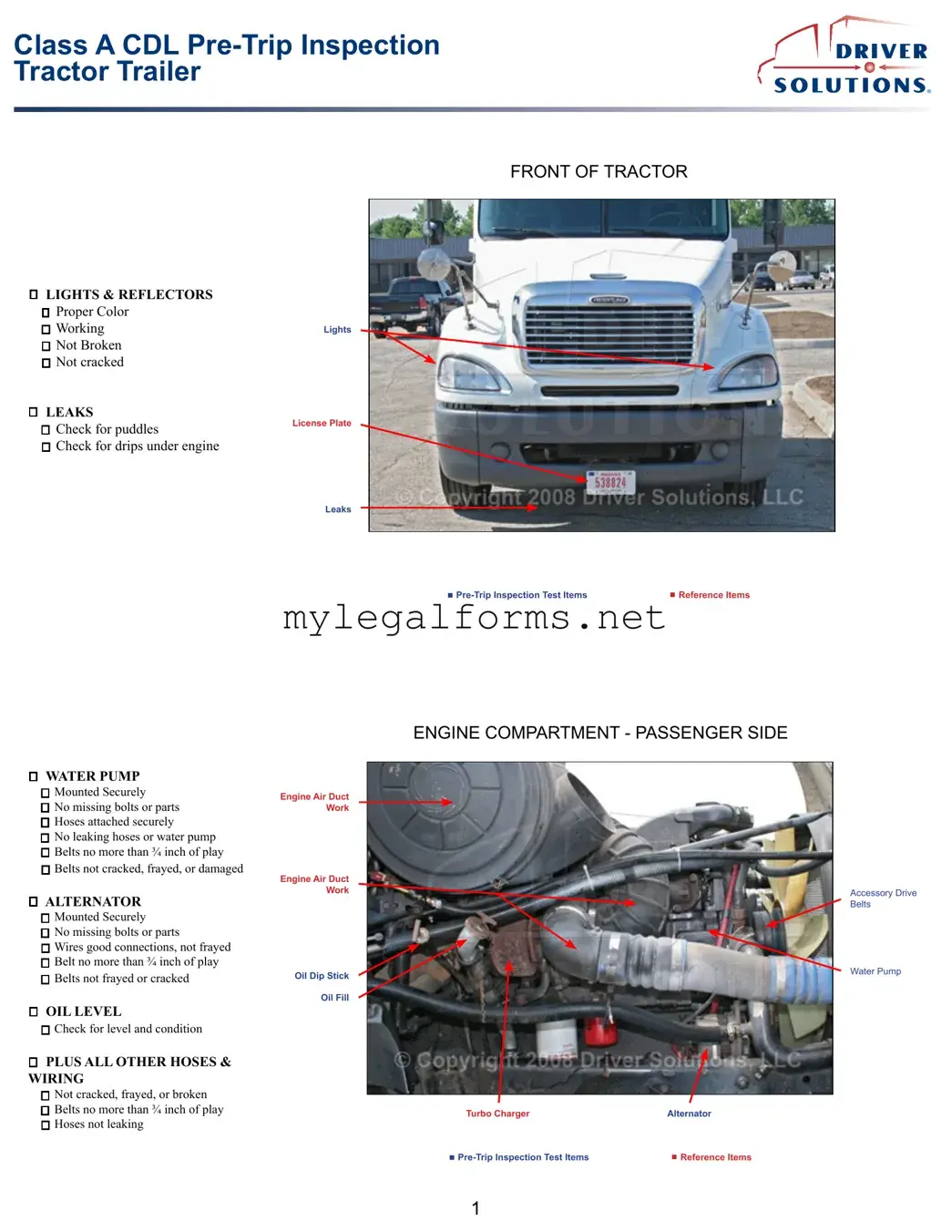
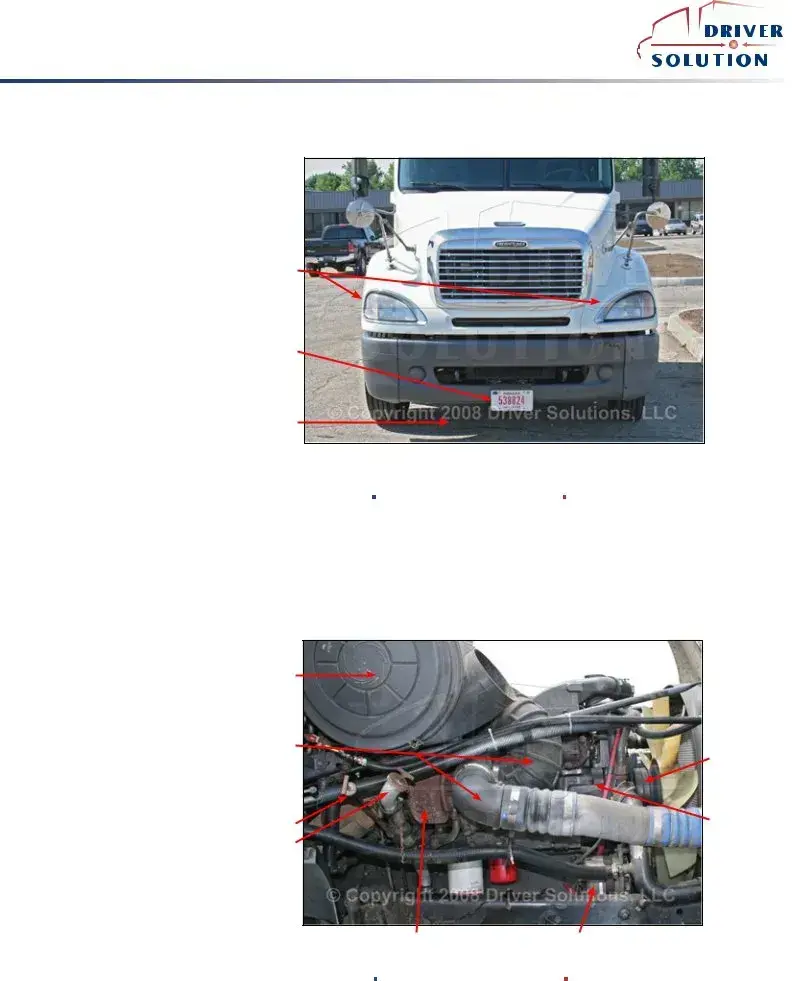
 ®
®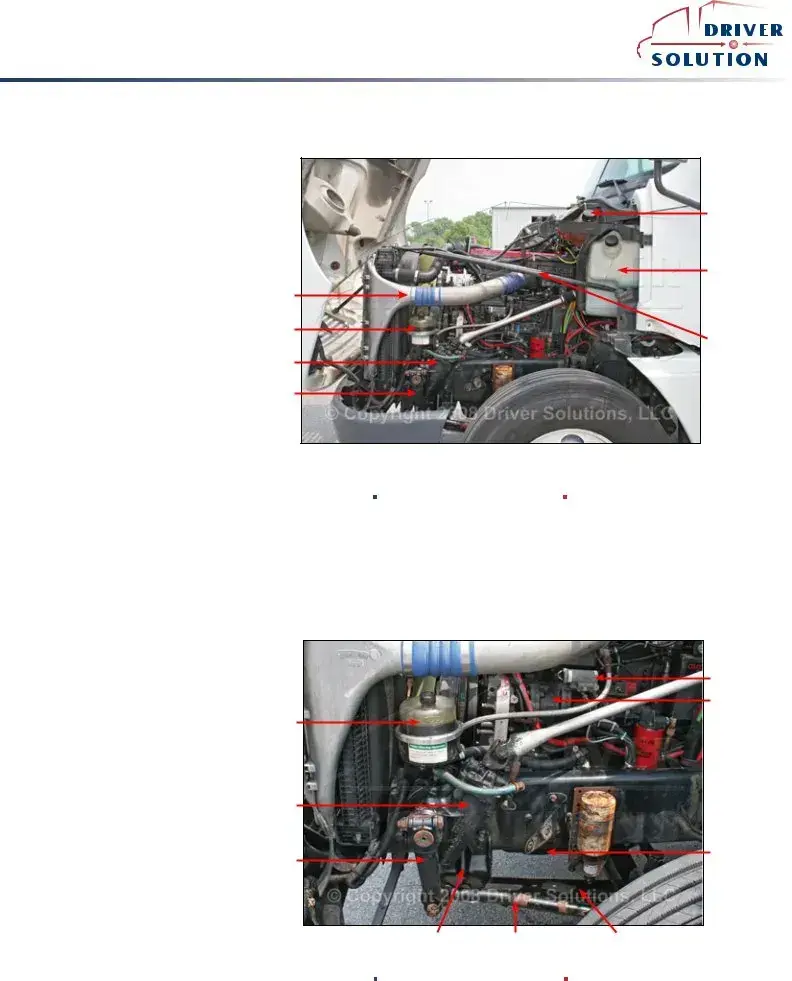
 ®
®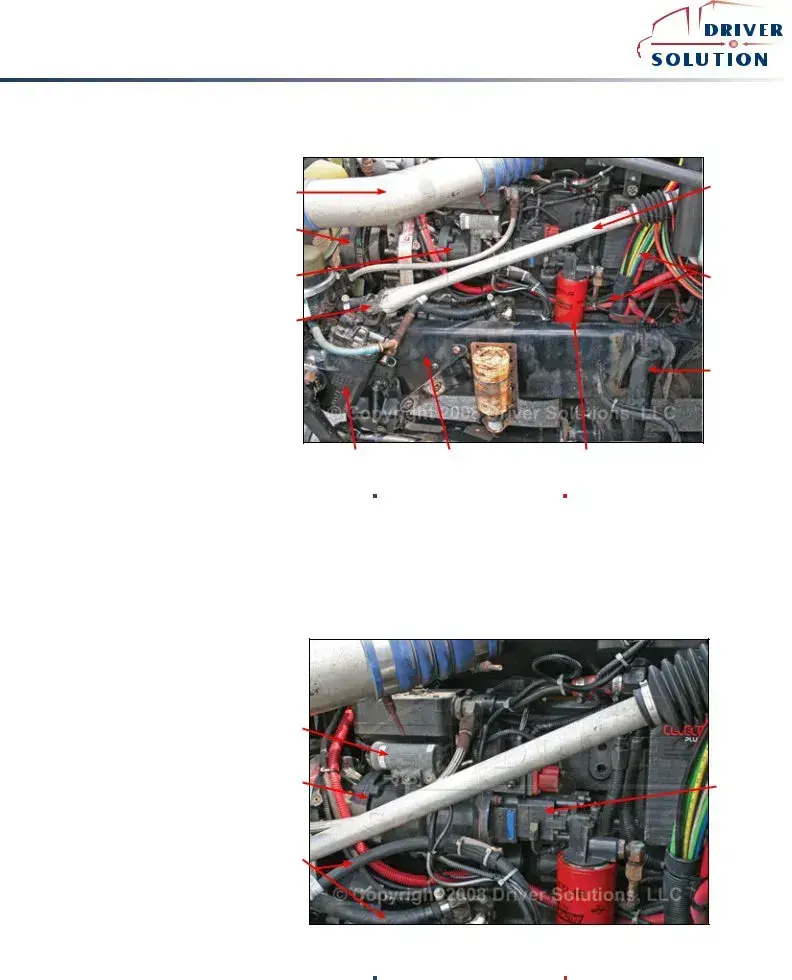
 ®
®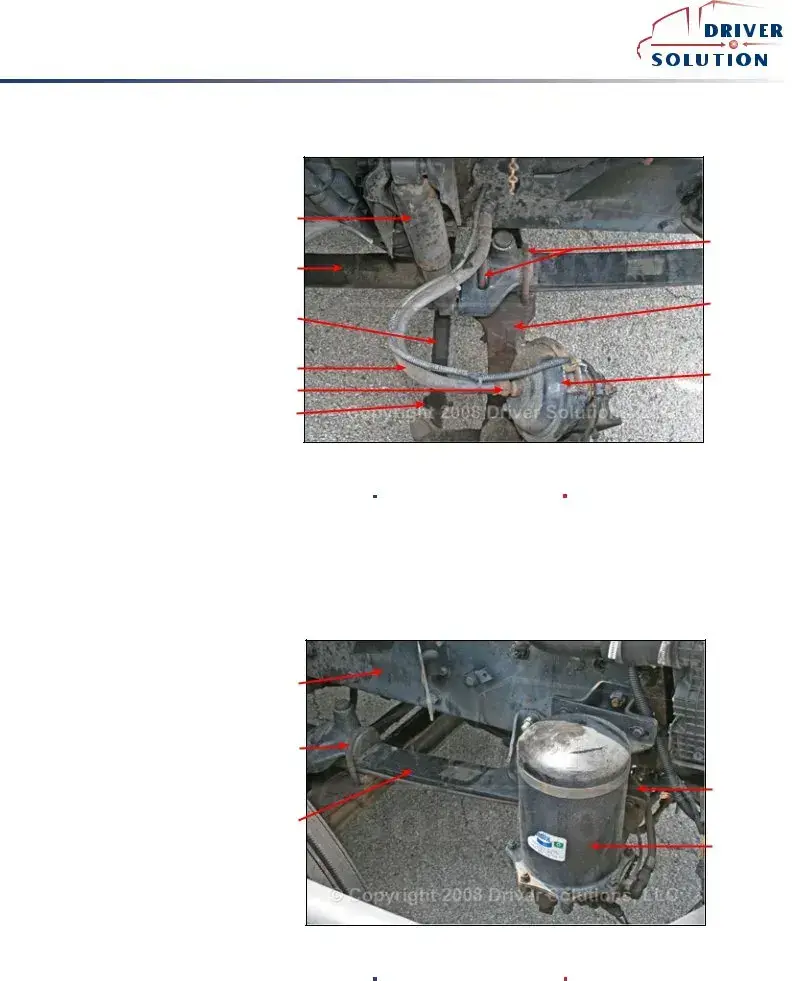
 ®
®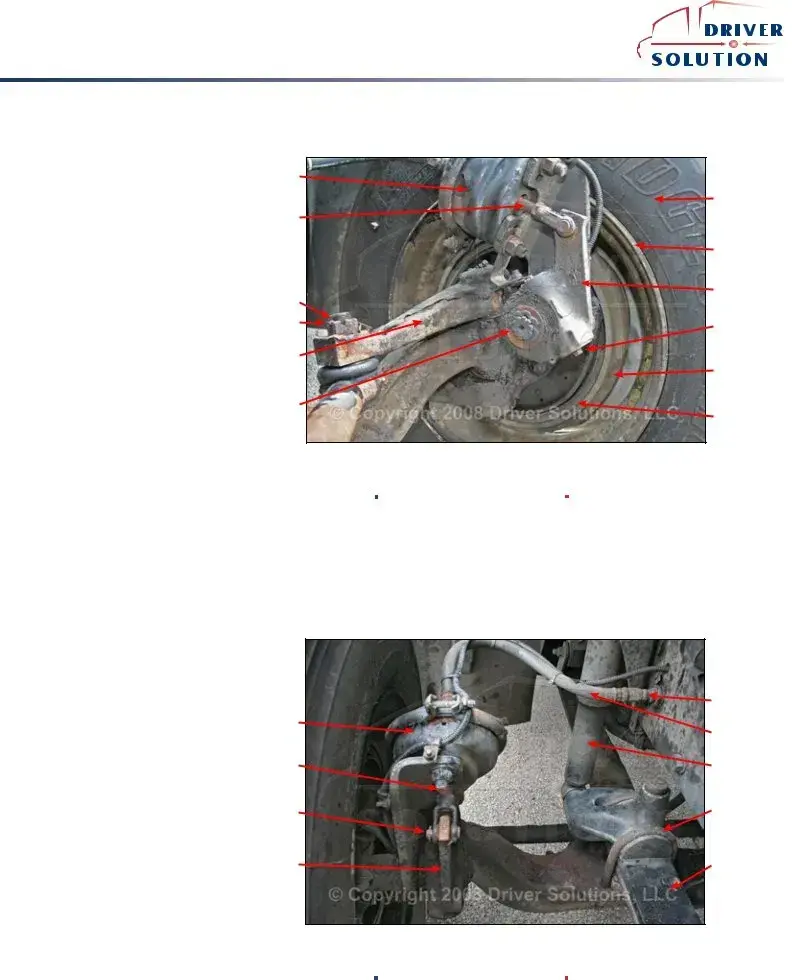
 ®
®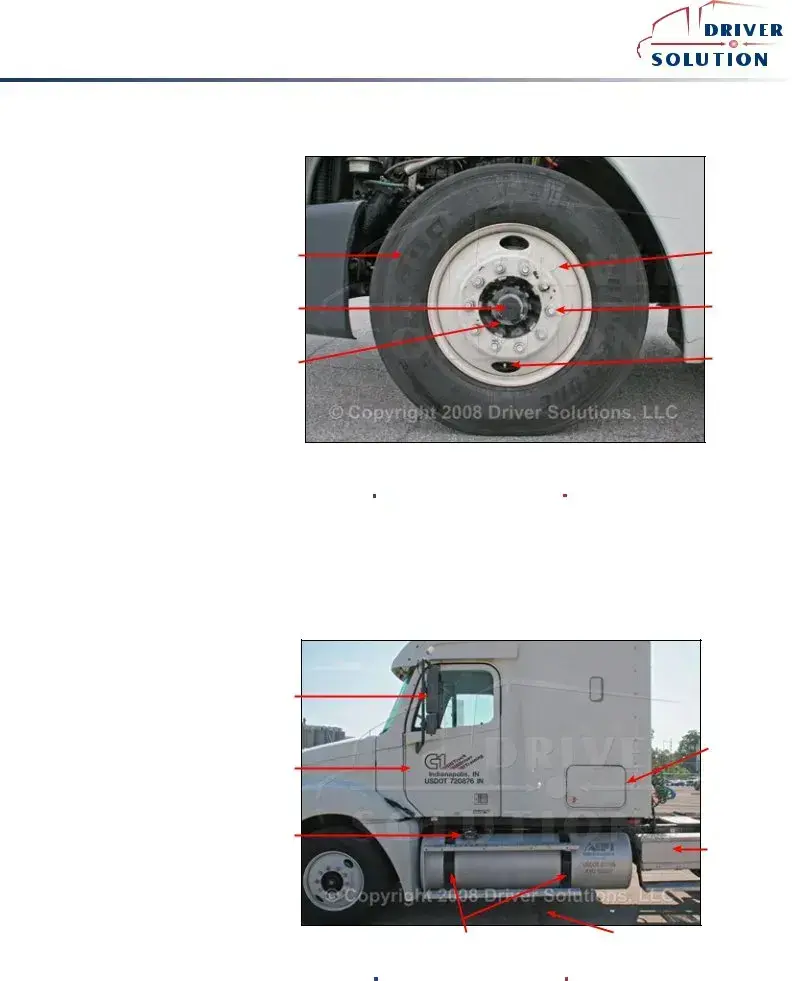
 ®
®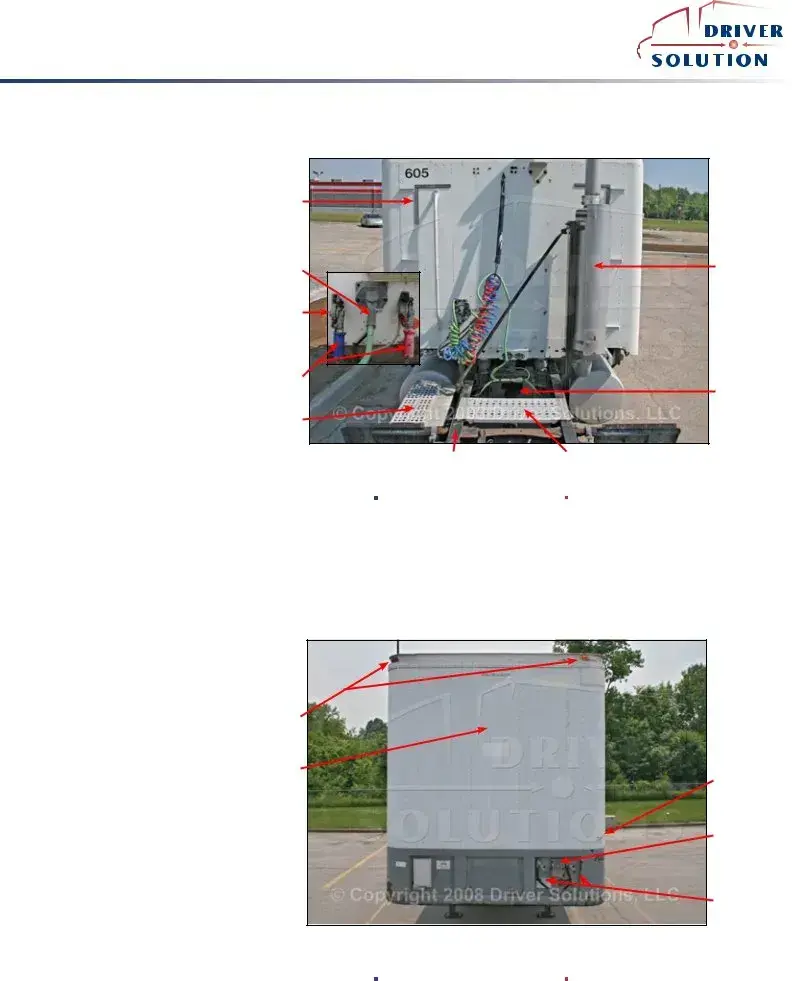
 ®
®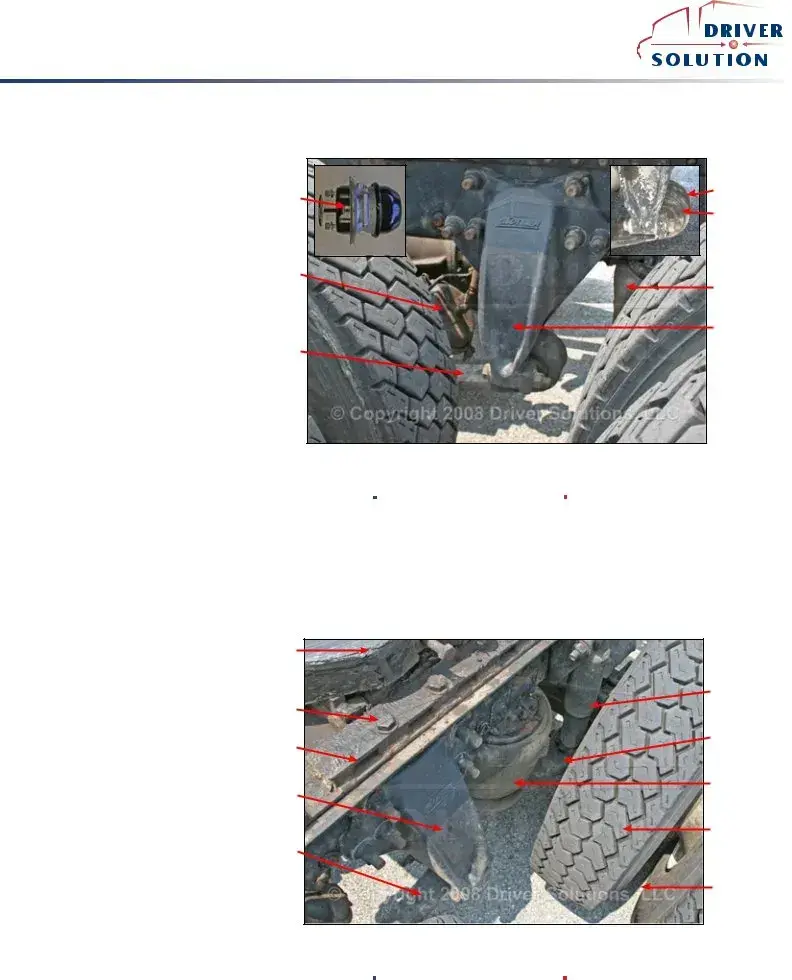
 ®
®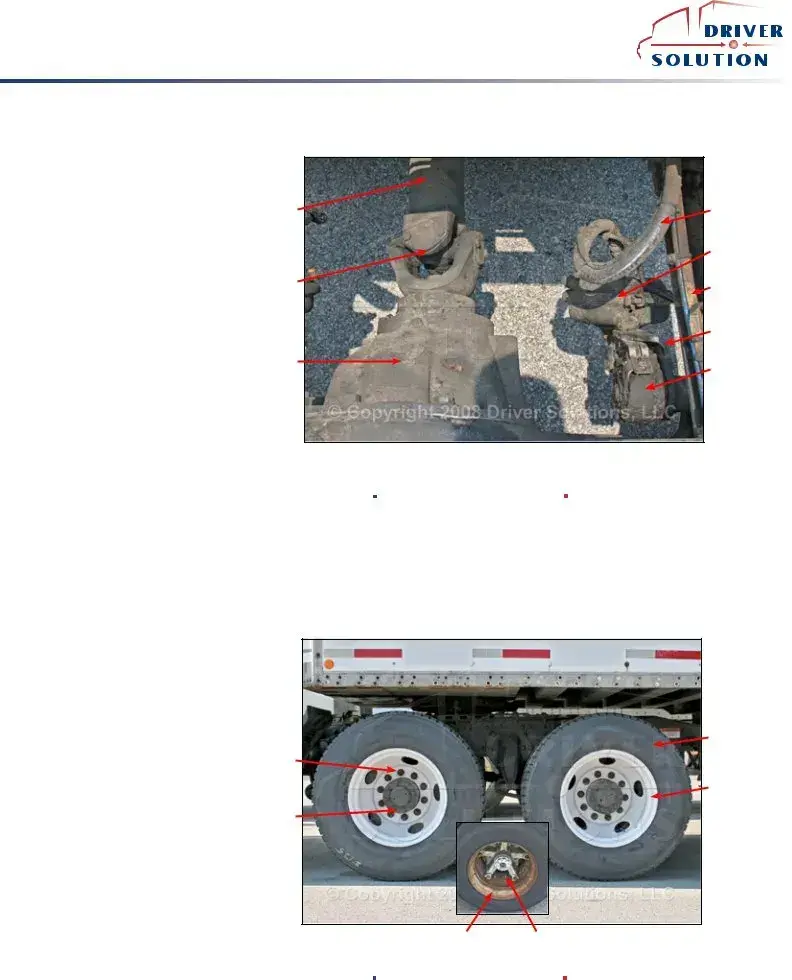
 ®
®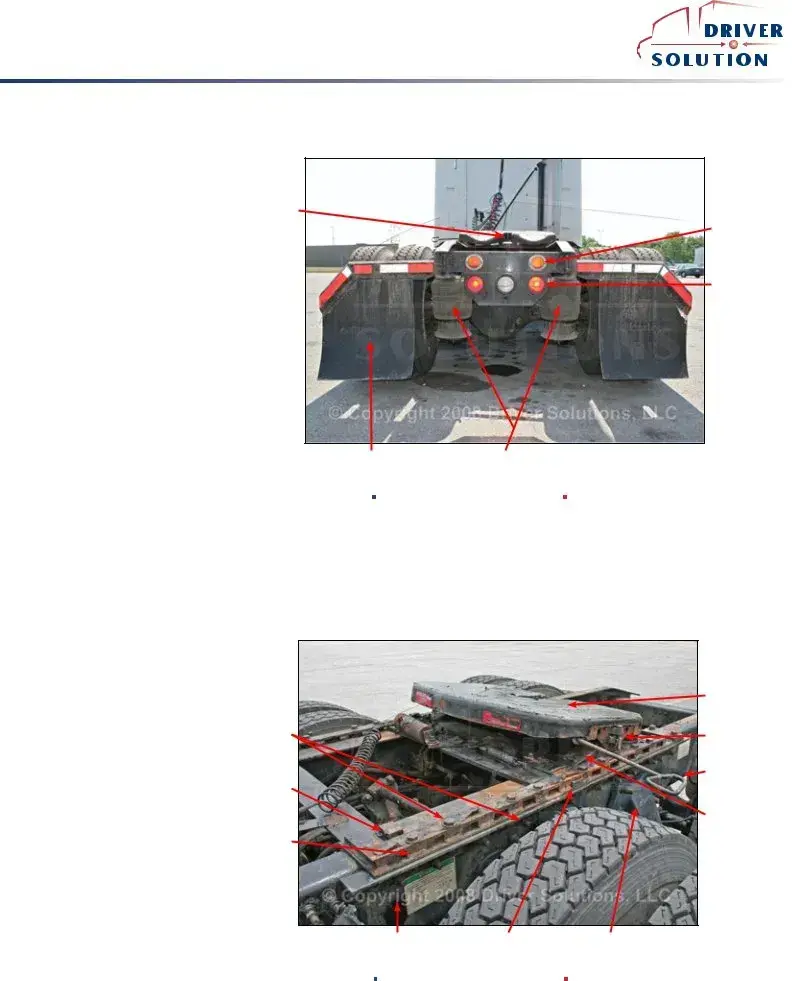
 ®
®